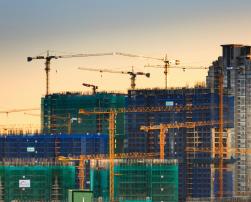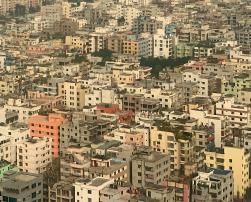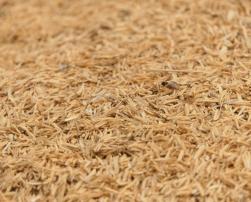Topic of the Month (May 2024)
Each month a relevant topic and several sub-topics are covered in detail. For the Topic of the Month, content following a common thread is developed by BUILD UP Editorial Board in collaboration with the Board of Ambassadors and other relevant experts in the field. This includes producing articles, case studies, webinars and more, all in line with the specific topic selected. Relevant events are also identified and highlighted.
Topics of the Month are announced at the end of the previous month in our website and newsletter. Please write us if you wish to know more about our upcoming topics of the month.

ETH Zurich researchers have developed 'impact printing,' a robotic construction method using low-carbon materials like clay to create structures efficiently without cement or drying times.

OpenFace is a flexible, comprehensive online program for architects and engineers to enhance their facade design expertise through self-paced, interactive learning.

Arnhildur Pálmadóttir's Lavaforming proposes using volcanic lava as a sustainable building material, transforming a local hazard into a global resource for reducing emissions and reshaping architecture.

By 2030, the construction industry will transform through technologies like BIM, 3D printing, drones, and smart materials, enhancing efficiency, sustainability, and project outcomes.

Given the challenge of housing over 8 billion people sustainably, the study finds that industrialised methods, particularly the MDR modular system, offer better economic and environmental benefits than traditional construction.

The UNDP is using WASP's Crane 3D printer in Colombia to build sustainable facilities with local materials, enhancing development in remote areas.

Building materials circularity is crucial for reducing waste, conserving resources, and lowering emissions in the construction industry.

The New European Bauhaus initiative, supported by LIFE projects, is transforming cityscapes by prioritising nature, which boosts urban well-being and sustainability.

The Stanford GSE construction project blends historic preservation with modern energy efficiency and social sustainability, retaining key building elements while upgrading to reduce waste and enhance learning environments.

Refurbishing existing buildings offers a sustainable alternative to new construction, enhancing energy efficiency and preserving architectural heritage.
